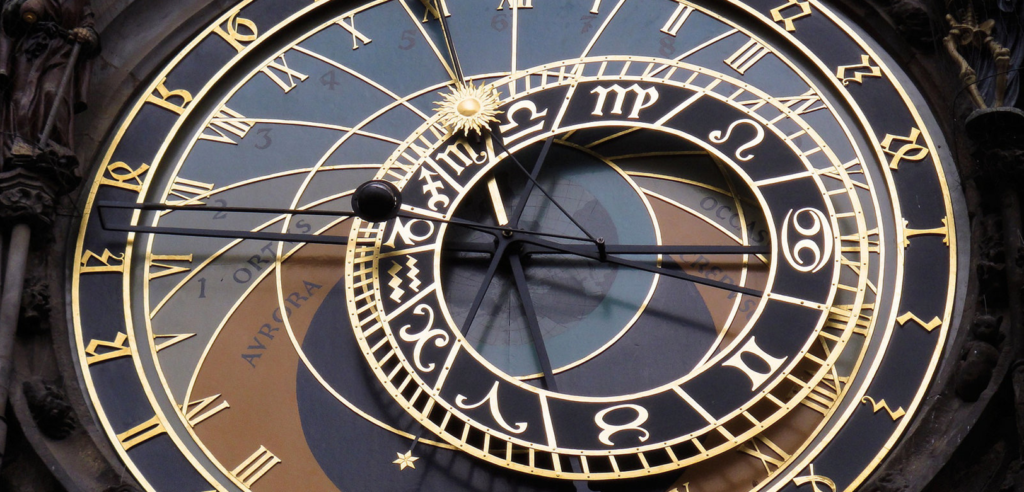Date/Time
Date(s) - 14/06/2018
3:00 pm - 5:00 pm
Location
eLab, Mediastudies (BG1)
Categories No Categories
This month’s topic of our CREATE Salon is the Amsterdam Time Machine! During the salon invited speakers will introduce their projects and we will discuss the three core elements of the Amsterdam Time Machine: urban history, historical maps & GIS, and linked open data.
Danielle van den Heuvel (Freedom of the Streets, UvA), The Freedom of the Streets. Gender and Urban Space in Eurasia c. 1600-1850
In this talk I will focus on one of our main case studies: Amsterdam. I will highlight how we collect, store and analyse data on gendered movement in pre-modern Amsterdam, what types of results one may expect from this project and how this may contribute to the Amsterdam Time Machine initiative (https://www.freedomofthestreets.org/).
Jan Hartmann (UvA), Localization of historical imagery on old maps.
Historical imagery is generally localized on the basis of contemporary maps. This causes problems if too much has changed, or if the current map does not contain enough detail. Old maps often offer more detail and a more realistic picture of the surroundings, but they are not always geometrically correct. We will discuss the problems and a solution on the basis of the 18th century Atlas of Fouquet, with a hundred beautiful images of Amsterdam, georeferenced on the basis of the detailed map of Amsterdam of the Broen from 1732.
Edward Mac Gillavry (Webmapper) en Menno den Engelse (Islands of Meaning), Tiling Amsterdam
“Building on the efforts of the Amsterdam City Archives and Jan Hartmann, Hic Sunt Leones has recreated Amsterdam through the ages. We now publish the town plans of 1625, 1724, 1876, 1909, 1943 and 1985 as online mapping services. On the website http://amsterdamtimemachine.nl these town plans show the evolving city – the coming and going of streets, alleys, buildings, tramways over time, down to the exact location of the capital’s first “dubbele plaskrul”. The map tiles are publicly available, so feel free to use them in your own projects or applications.”
Hans Mol (HisGIS, Fryske Akademy) en Thomas Vermaut (HisGIS, Fryske Akademy)
Ivo Zandhuis (Adamlink, AdamNet), AdamLink: the Story of Amsterdam
“The Foundation AdamNet, a network of over 30 institutes in Amsterdam, believes that Linked Open Data is the best way to connect and provide metadata on the objects in their collections. Better and connected metadata enables users to create their own “story of Amsterdam”. As a start we introduce AdamLink: the online resource with connected metadata as LOD.” (https://adamlink.nl/)
Tino Mager, Seyran Khademi, Ronald Siebes, ArchiMediaL (TU Delft)
In cooperation with computer scientists, ArchiMediaL develops an automatic recognition of buildings in images based on deep learning and linked data. On the one hand, this is intended to make buildings on images without annotations accessible to research. On the other hand, the recognition of image content serves to interlink repositories independently of linguistic parameters. Both will be of particular benefit to research into buildings outside the architectural canon which have not yet been sufficiently considered. The project is a sample of the changing research conditions of architectural historians, who will increasingly integrate quantitative methods into their daily work in the future. (http://archimedial.eu)
Sander Münster, Florian Niebling, Jonas Bruschke, Ferdinand Maiwald, HistStadt4D (TU Dresden)
The aim is to investigate and develop methods and technologies to transfer extensive repositories of historical media and their contextual information into a three-dimensional spatial model, with an additional temporal component. This will make content accessible to different target groups, researchers and the public, via a 4D browser. A location-dependent augmented-reality representation can be used as an information base, research tool, and to communicate historical knowledge. (http://www.visualhumanities.org)

